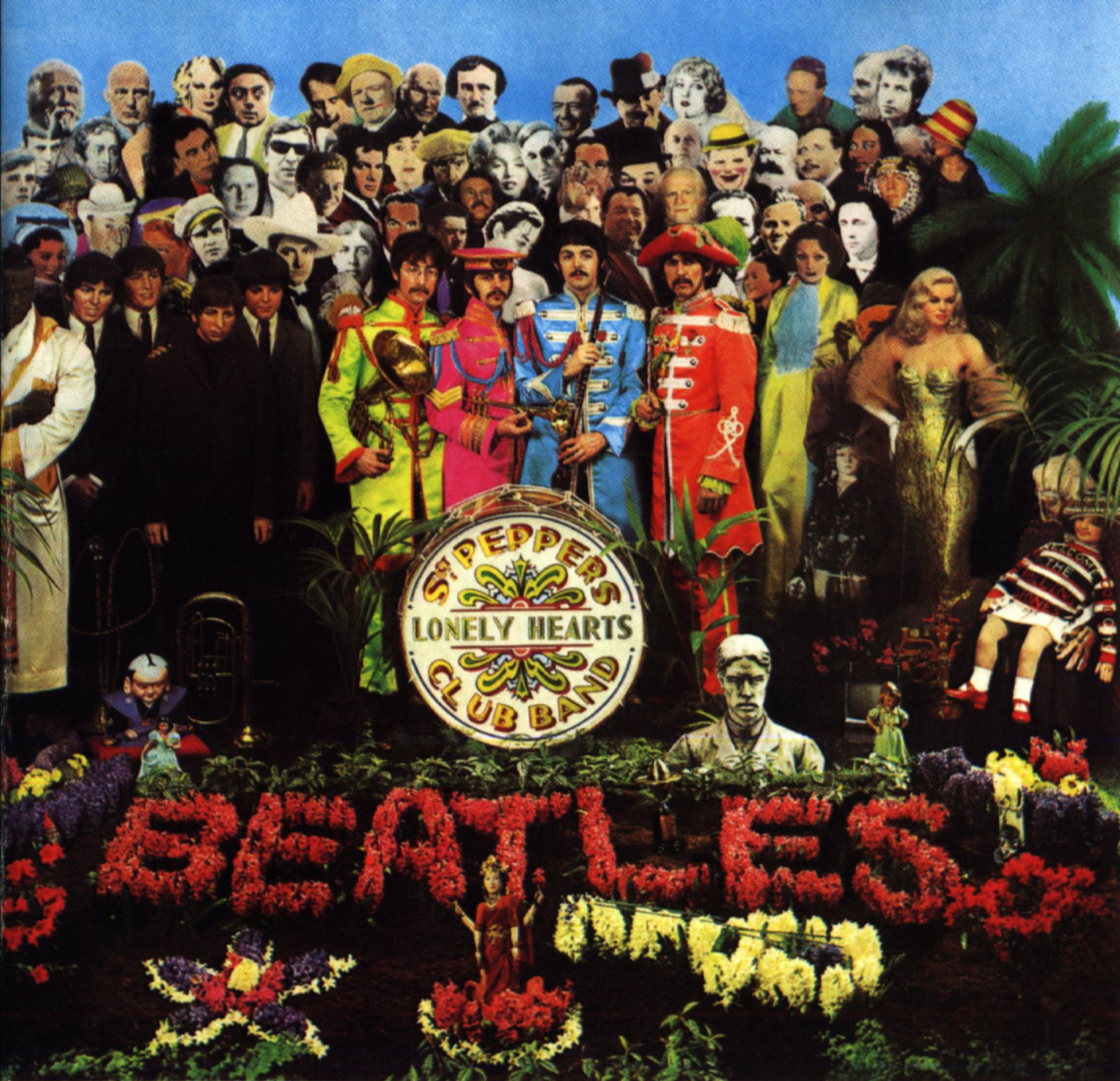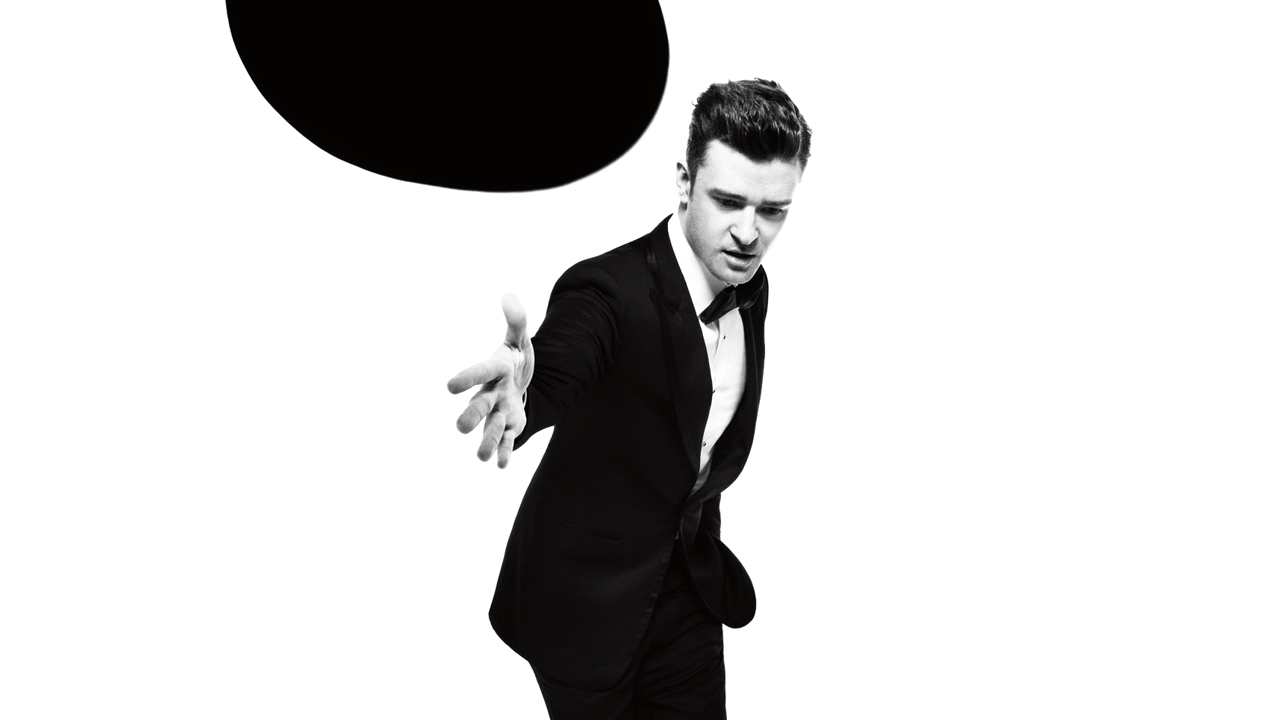
Popular music has evolved across the centuries of its existence from what is now known as “classical” (with the lowercase “c”) to its current “it’s not just awful… it’s god-awful” state. Nevertheless, “pop” music as it stands came into being at the end of the nineteenth century. The songwriters of Tin Pan Alley dominated the pop landscape while simultaneously inspiring songwriters around the world to expand the scope of pop songcraft for decades, until the radio overtook live performances of standards as the key method of dissemination of pop music.
With this change, pop took its next major step. The word “pop” came to mean (and is used here in reference to) every genre of music that received radio airplay and wasn’t classical. This change also meant that the artist became as important (or more so) than the song. Elvis Presley embodied this ideal, introducing rock and roll music to the average American in the 1950s and bringing the sexuality of black performers from that time to the (openly or otherwise) racist population. In the late ’50s, Elvis engendered so much controversy that he was notoriously filmed only from the waist up during an appearance on the Ed Sullivan Show, so as not to advance the “moral corruption of America’s youth”.
Elvis was undeniably the first rock star, and his success as an artist is rivaled by only one other band in the history of modern pop. And really, if you don’t know which band it was, you probably ought not be reading this.
